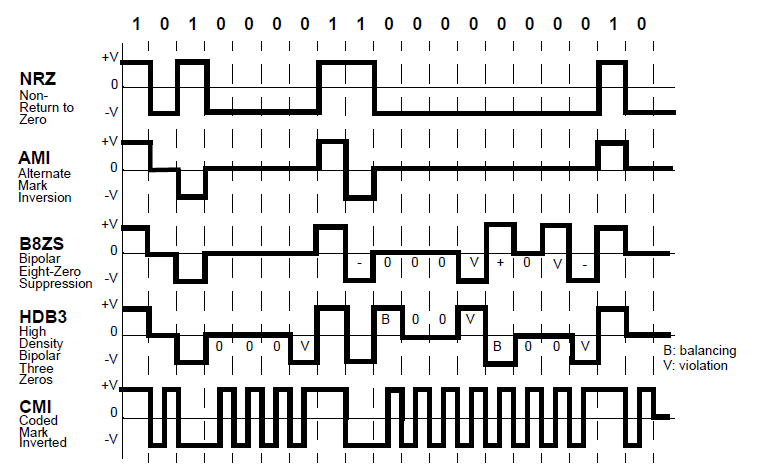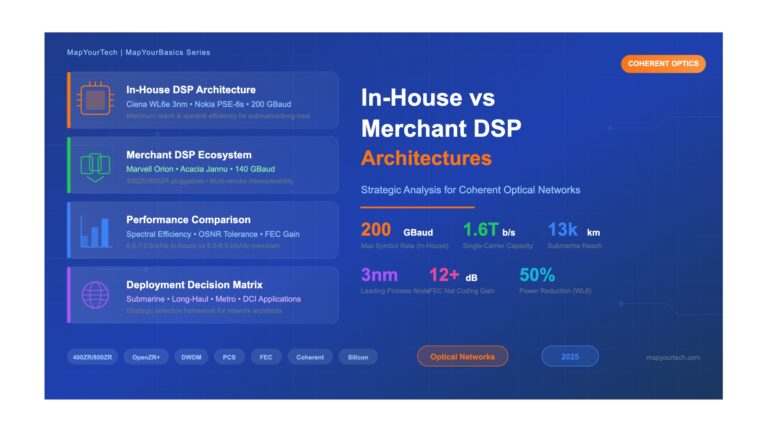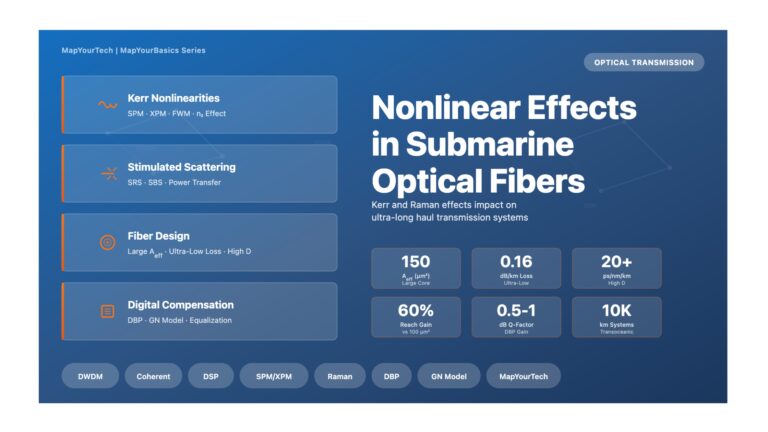Rejuvenating PCM:Pulse Code Modulation
This article consists the very basic of PCM(Pulse Code Modulation).i.e foundation for Telecom Networks.
The pulse code modulation (PCM) technology (see Figure 1.1) was patented and developed in France in 1938, but could not be used because suitable technology was not available until World War II. This came about with the arrival of digital systems in the 1960s, when improving the performance of communications net- works became a real possibility. However, this technology was not completely adopted until the mid-1970s, due to the large amount of analog systems already in place and the high cost of digital systems, as semiconductors were very expensive. PCM’s initial goal was that of converting an analog voice telephone channel into a digital one based on the sampling theorem.

The sampling theorem states that for digitalization without information loss, the sampling frequency (fs) should be at least twice the maximum frequency component (fmax) of the analog information:
fs > 2 × fmax
The frequency 2·fmax is called the Nyquist sampling rate. The sampling theorem is considered to have been articulated by Nyquist in 1928, and mathematically prov- en by Shannon in 1949. Some books use the term Nyquist sampling theorem, and others use Shannon sampling theorem. They are in fact the same theorem.
PCM involves three phases: sampling, encoding, and quantization:
In sampling, values are taken from the analog signal every 1/fs seconds (the sampling period).
Quantization assigns these samples a value by approximation, and in accordance with a quantization curve (i.e., A-law of ITU-T).
Encoding provides the binary value of each quantified sample.

Unlock Premium Content
Join over 400K+ optical network professionals worldwide. Access premium courses, advanced engineering tools, and exclusive industry insights.
Already have an account? Log in here




